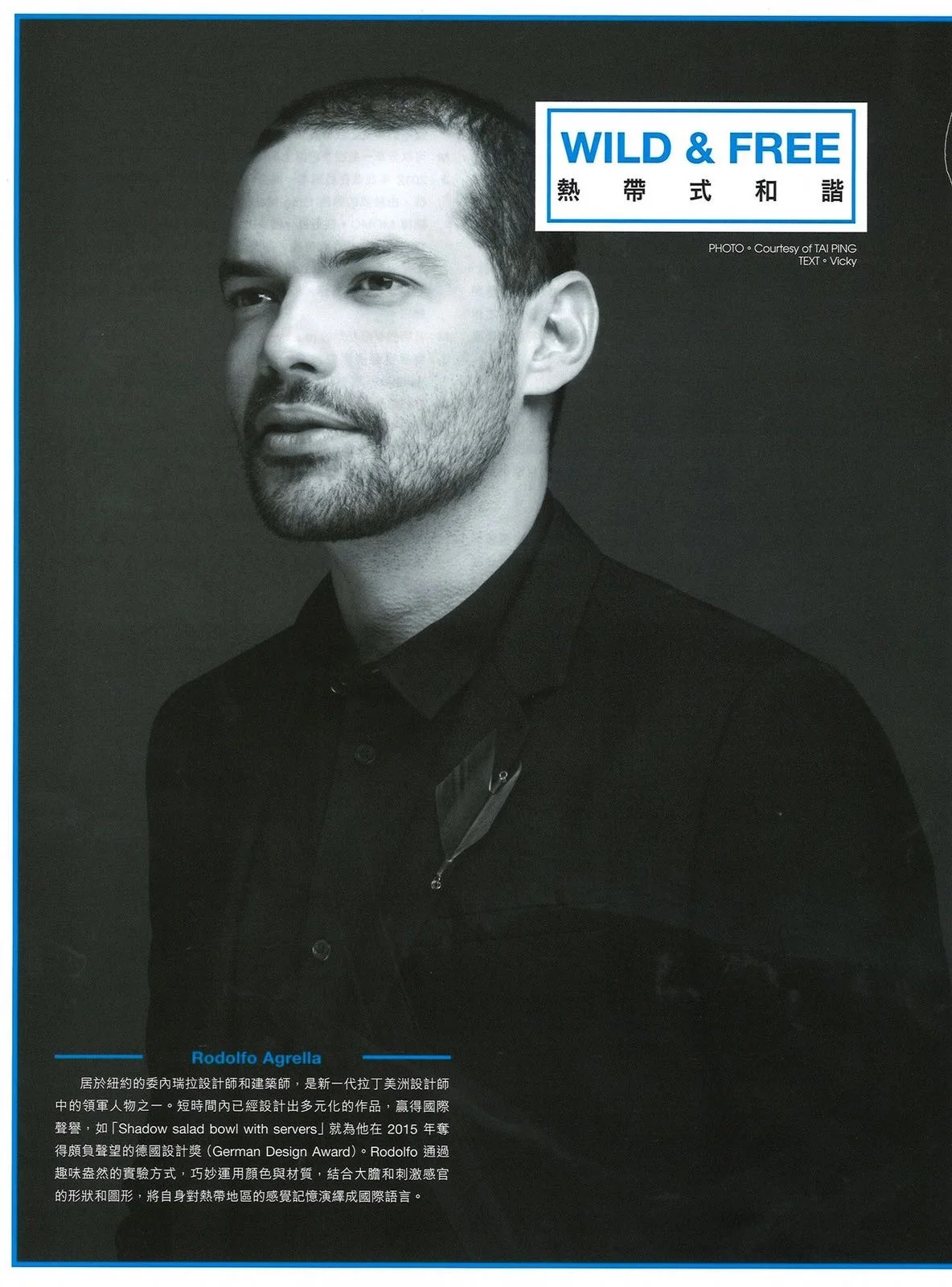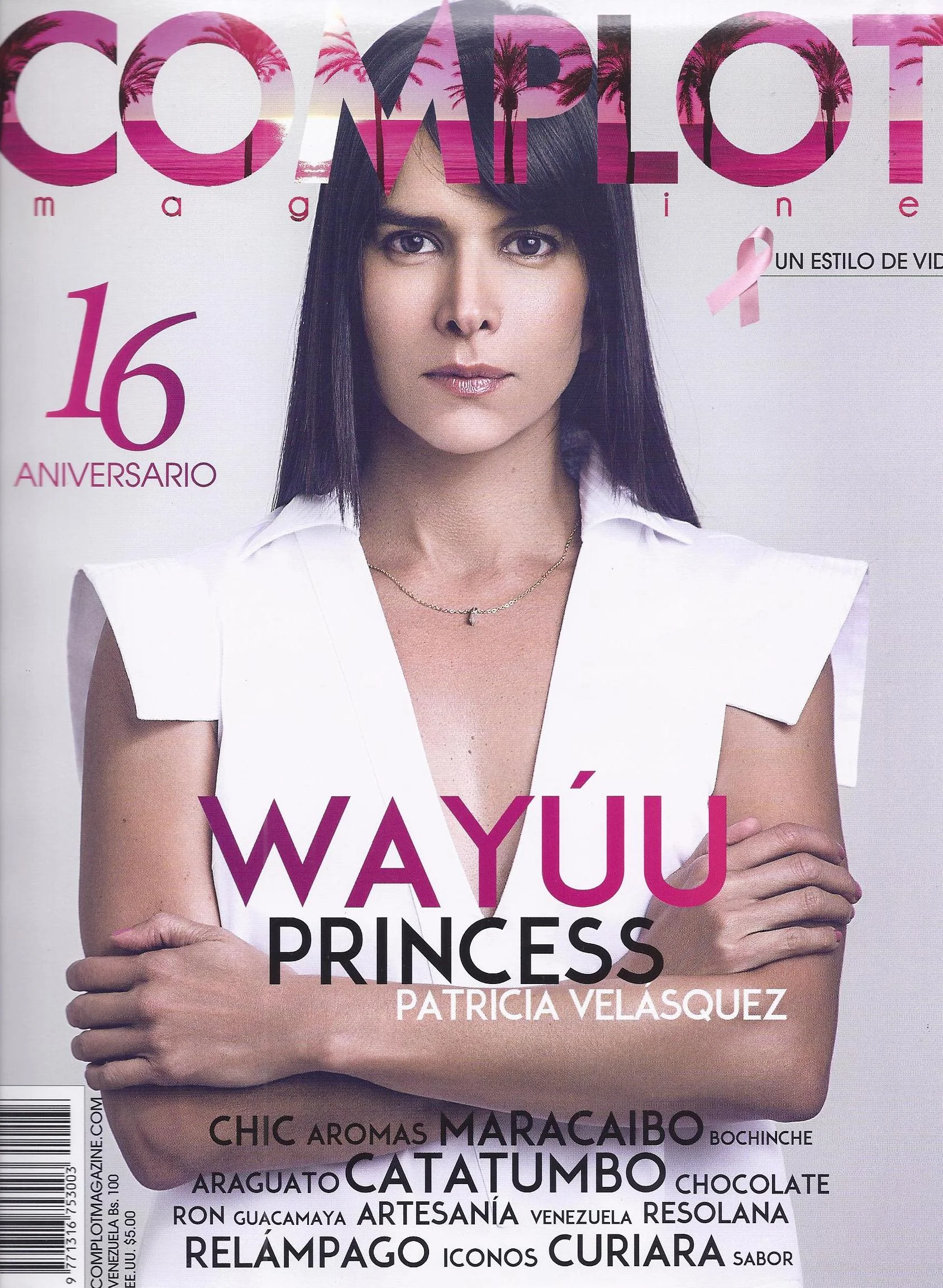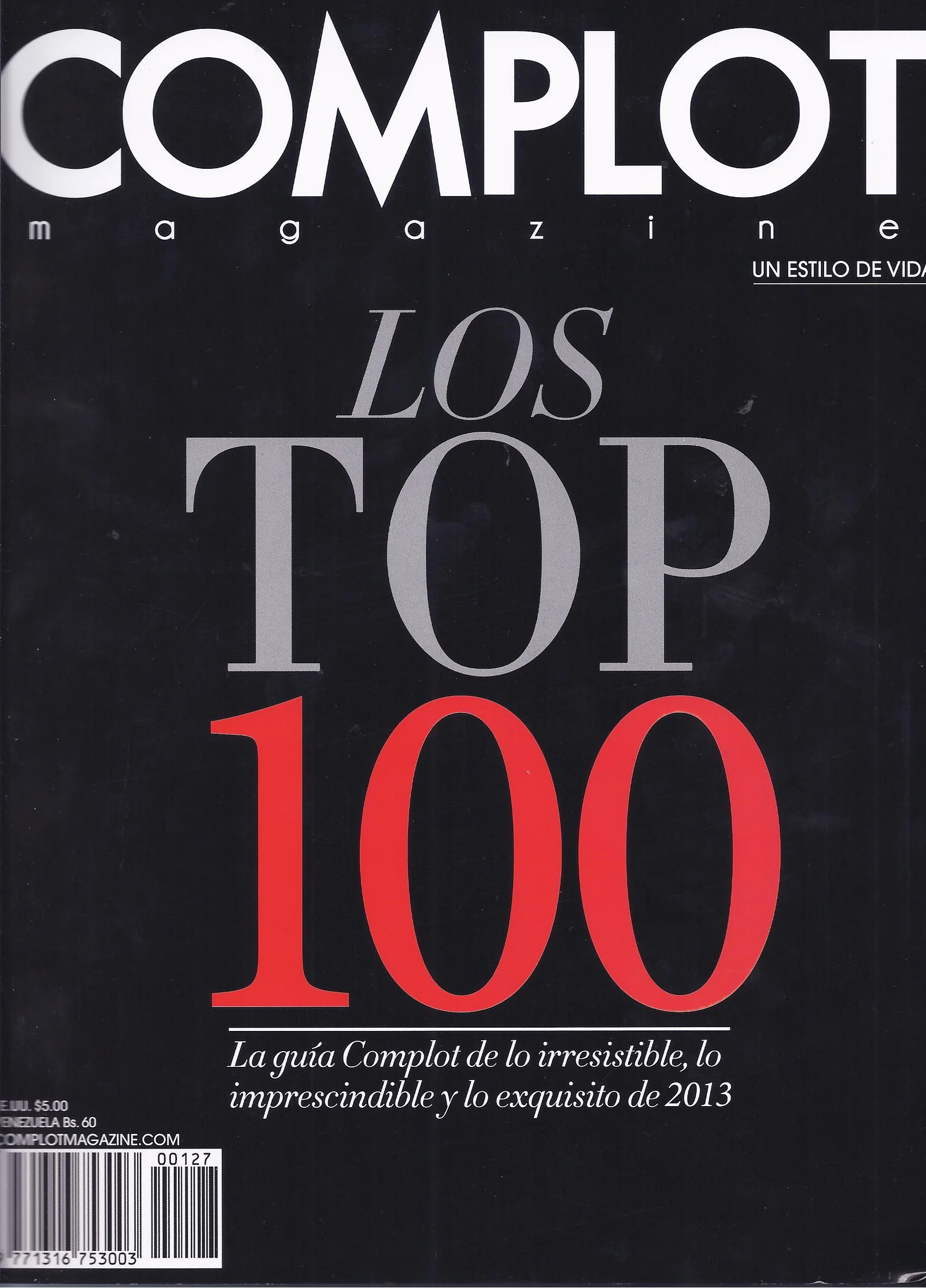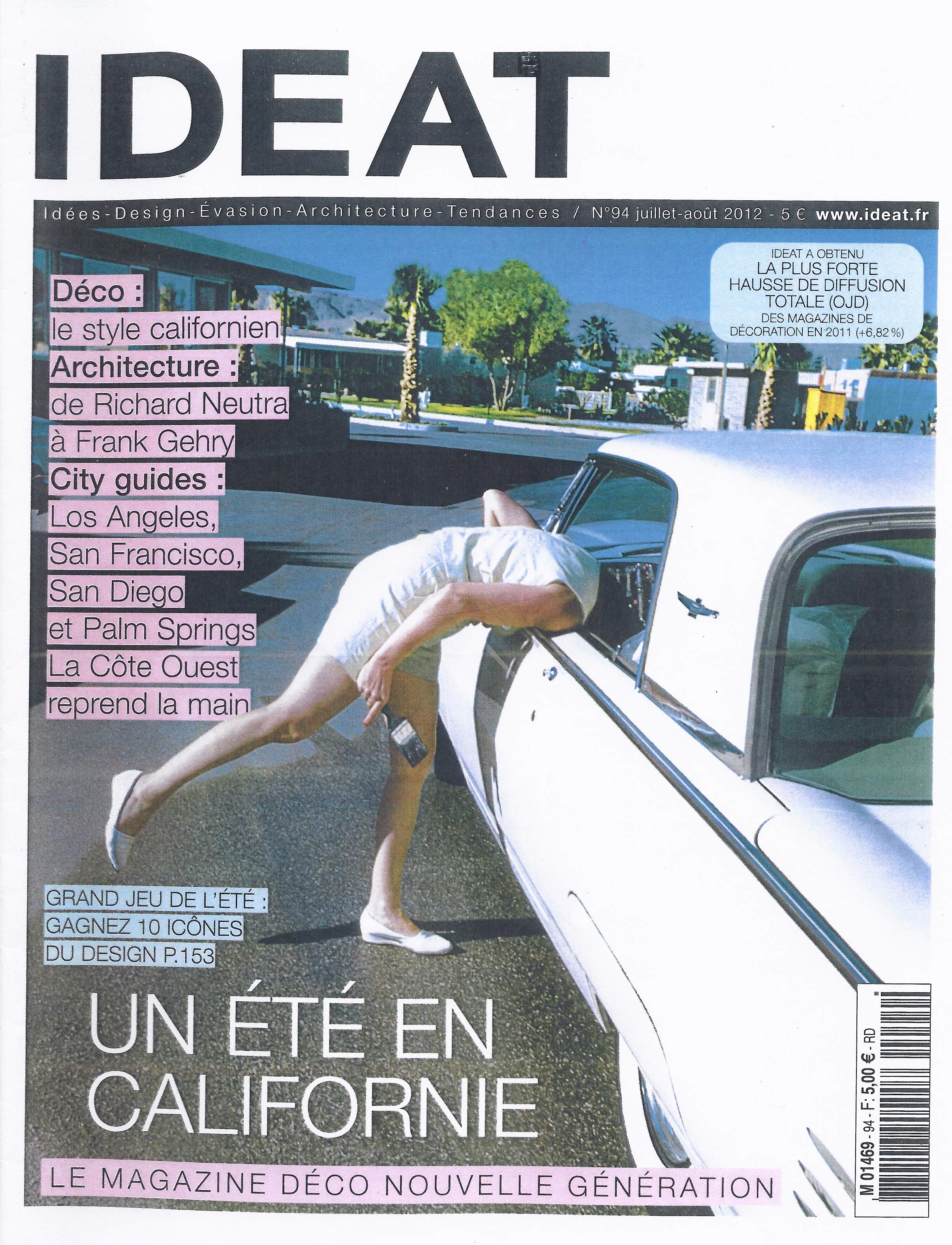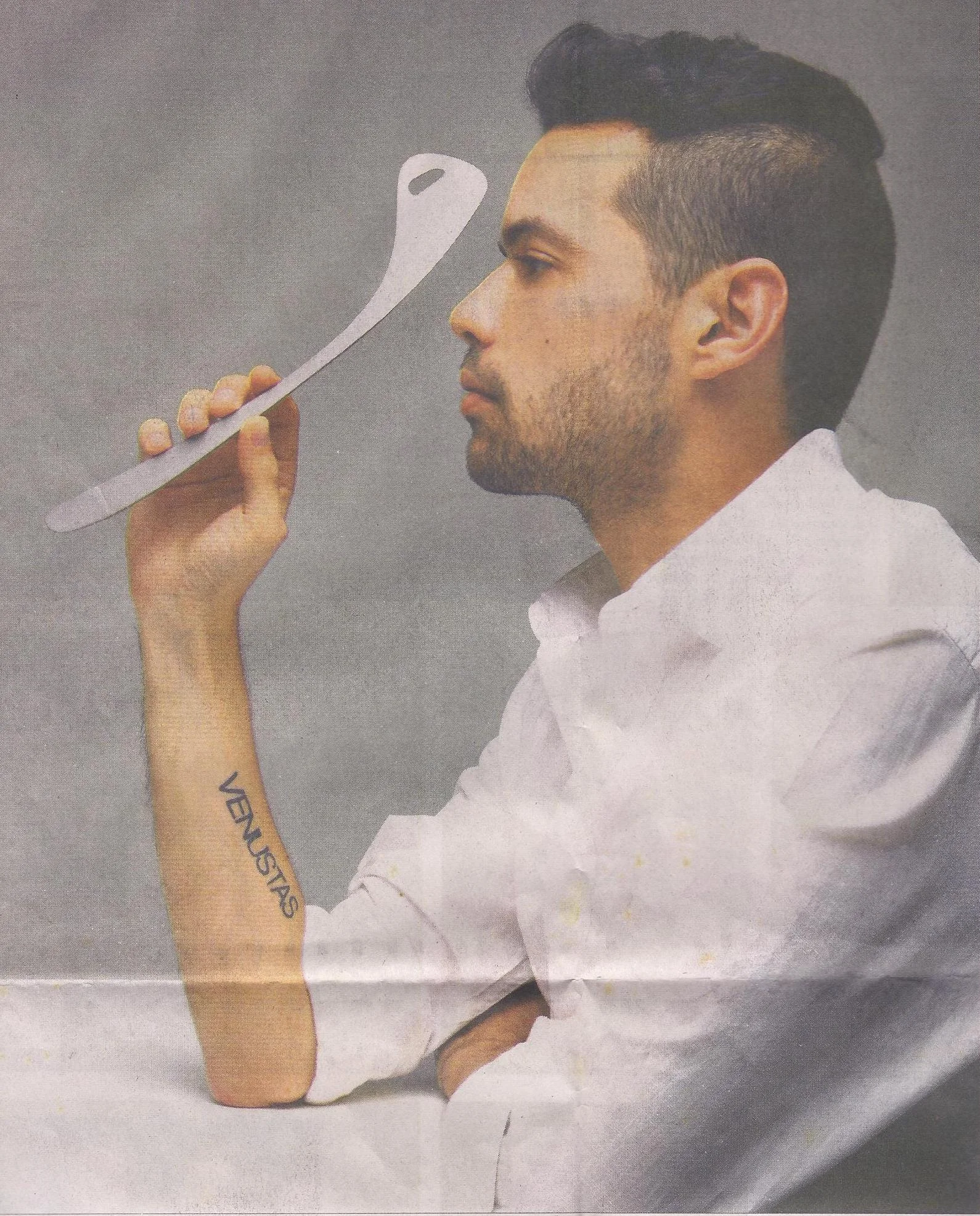MR Magazine May 2017
Wild & Free
Billed as one of the leading voices of the new generation of Latin American designers, New York-based Venezuelan designer and architect Rodolfo Agrella in his short career has built up a diverse portfolio which has earned him international recognition. Case in point is his Shadow salad bowl with servers inspired by the shadow play of the foliage canopy of the tropical rainforest of Venezuela.
This scooped the prestigious 2015 German Design Award. Agrella, through his playful experimental approach, unites bold sensual shapes and graphics with a deep grasp of colour and materials, translating his sensory memory from the tropics into an international language.
In Search of HOME
In recent years, Hongkongers have been increasingly looking for things that carry fine heartwarming touches as part of a bid to reinstate the city’s traditional values and, as a result, things such as folk handcrafts and nostalgic pictures of Hong Kong in olden days are more fondly cherished. A surprising fact that contradicts the stereotyped image of local handicrafts is that actually quite a few Hong Kong handicrafts have long entered the global market, among them Tai Ping being a shiny example. Carpets used to be among the least noticeable ornaments in a house in Asia, but they are no longer so, at least with Tai Ping carpets, which come in a wide variety of shapes and styles, rather than being confined to regular shapes, to create distinctive visually appealing effects. Memorabilia in the Edition Two collection, for example, a multi-layered and entangled trio of rug designs in three vibrant colors by Rodolfo Agrella from Venezuela, makes one sense the influence of the Latin American tropics pushing through in early summer.
Based in NYC, Agrella is never one bothering to hide his enthusiasm for anything and can talk unceasingly when the topic is right. “I have always had a designer in me,” he said. “When I was an architecture student in Venezuela and Italy, I had access to excellent resources and tools at the universities as long as design was concerned, be it architectural design, graphic design, stage design, or even product design. I have always had a passion for design because it engages me completely, heart and soul.” To many Hongkongers, it is indeed an enviable thing to always know what interests you and work to excel it continuously, and this feeling of wholehearted engagement is what Agrella believes is indispensable to the design work. “All my great ideas have been inspired by little everyday things, like laughter or memories. I am not good at following the trends, and I don’t think it is important, either, because design is about creation. If something was done before, what’s the point of me repeating it?”
A design is meant to appeal to the mind as well as to the eyes, where balance is the key. Design is a universal language spoken by a designer drawing upon his unique feelings, memories and perceptions. Agrella’s work is no exception. In Memorabilia, he re-lived his childhood memories in Caracas, paying homage to his root. He did not forget taking the enthusiastic and unstrained style in his hometown to his home in NYC. “NYC is an exciting city at any time, so I deem my home as a tranquil sanctuary with plentiful natural light and verdant greening as well as bold colorful furniture, which is anything but being crowded. I even have a hammock in my house in which I can put myself in and shake, in addition to using it for rest.”
An interesting question is often asked as to which is more important in a product, functionality or appearance. To this question, Agrella thus answered: “If a beautiful product fails to deliver its promised functions, it is reduced to a work of art and deviates from the purpose for which it is made in the first place. Therefore, a balance must be achieved between the two; otherwise our cities would be filled with uninspiring things that are merely functional, failing to meet our pursuit of beauty.”


